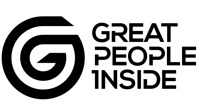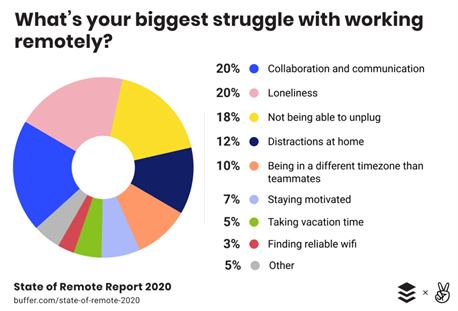Employee retention – how critical is the role of the direct manager?
As we traverse this new world of work, one key area that needs attention is the role of the Direct Manager.
There’s been a seismic shift in how people work in the last few years. Indeed, the pandemic has driven millions worldwide to recognise that the traditional office-based work model is no longer the standard norm.
Direct managers have always been necessary for the workplace. Still, their influence is even more critical now as many businesses have moved to a hybrid work model.
In this blog, we’ll explore why a direct manager is essential in this new world of work. And we’ll look at their impact on employee satisfaction, productivity and retention.
What does direct manager mean?
Before we explore the importance of direct managers, let’s define what we mean by this term.
A direct manager is responsible for supervising and managing a group of employees.
Direct managers are often the main point of contact for employees when issues arise and play a crucial role in ensuring employees are working to their full potential.
The Critical Importance of the Direct Manager in Employee Retention
Clear communication is vital for effective direct management
One main reason direct managers are so crucial is that they act as a bridge between employees and the organisation. Effective communication is vital in any workplace, even more so when working remotely.
Direct managers ensure employees understand both:
- the organisation’s goals and objectives and their role and
- purpose within the company.
They also provide regular feedback and support. Therefore, assisting employees in feeling engaged and connected to their work.
Supporting employee well-being is a crucial aspect of direct management
Direct management is also crucial in ensuring employees’ well-being, even when working from home. With a blur between work and personal life, employers must pay attention to their workplace health and safety responsibilities. Employees should feel valued and supported by their employer. A remote work environment highlights this. Employees may experience feelings of isolation and disconnection from their team and organisation.
Further, being well-positioned, direct line managers more quickly identify when employees struggle with their workload or face increased stress. They offer support and guidance, such as providing access to mental health resources or adjusting an employee’s workload.
Maintaining team morale is the responsibility of the direct manager
Working from home can sometimes be isolating. Ensuring that team morale remains high is paramount. Direct line managers play a vital role in this area. Examples are providing opportunities for team building and socialising, even if done virtually. Regular team meetings, social events, and other initiatives promote a sense of community and belonging among employees. All this boosts morale and productivity.
Encouraging development and growth is another important responsibility of the direct manager
Finally, direct managers are essential in helping employees to develop and grow within their roles. This responsibility needs more emphasis in a hybrid working world where employees may interact less with colleagues and managers.
Direct managers provide:
- training and development opportunities
- guidance to employees in identifying their strengths and weaknesses and
- direction on advancing their careers within the organisation.
The significant impact of Mediocre Managers
Research from SEEK tells us that mediocre management is the number one reason people leave companies. Let’s face it, managing people is complex. Add to it the complexity of hybrid working – and the degree of difficulty goes up a few levels.
How to support Direct Managers?
In summary, direct line managers need all the help they can get.
Dentists need specialist tools to treat patients.
So too, managers need the right tools to lead and support their people in each of their roles.
At, Great People Inside we offer a fantastic, cost-effective range of customised online tools for each individual. Our tools include development suggestions and guidance.
Reach out for help to be in the presence of more Magnificent Managers in your organisation.

